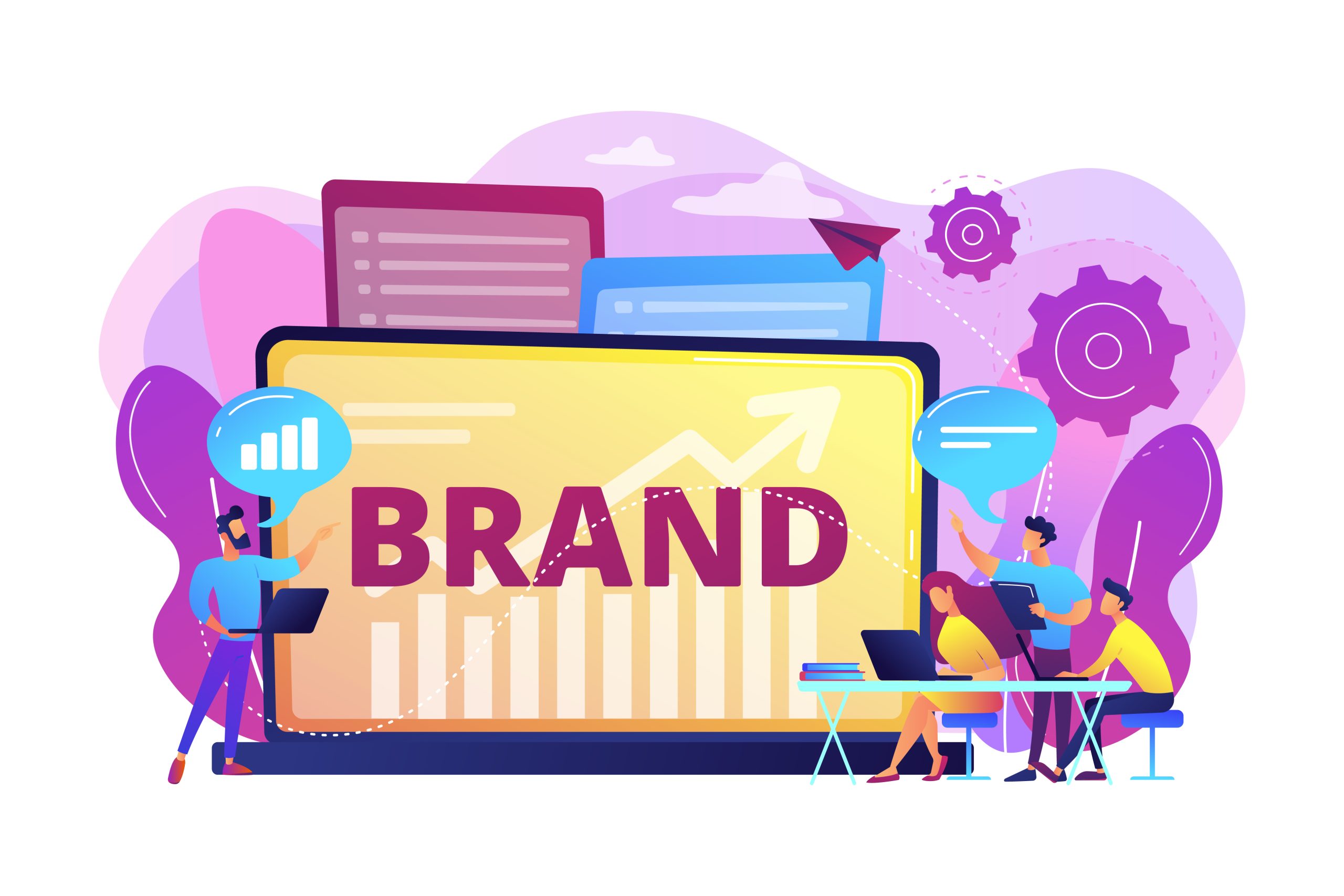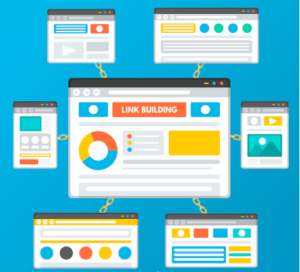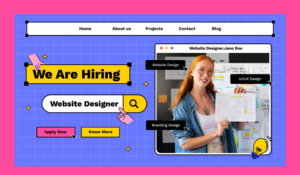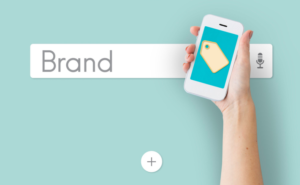Understanding your client’s needs is the first step toward a successful design project. You can provide better designs, avoid unnecessary revisions, and gain returning clients who are pleased with your work by asking them the right questions. Building rapport and respect is essential for a successful creative collaboration, and it begins before you even sign a contract.
There are many questions you can ask your clients before starting a design project, but here are the 18 we consider most essential. These questions will make clients feel more involved in the design process, as well as assist you in brainstorming ideas and fine-tuning your creative output.
Find a common ground
—
Begin by showing clients that you care. Put yourself in their shoes and consider why they are looking for a design solution in the first place. These questions will help you learn about the challenges they are currently facing, allowing you to consider how you can best provide a design solution.
1. “Can you tell me about your expectations?”
By asking this question, you convey to the client that you are a professional designer whose time, resources, and talents should be valued and appreciated. If you’ve heard the term “scope creep,” you understand how critical it is to pay attention to this aspect of your practice.
2. “What inspired this project?”
Knowing what inspired your client provides you with a solid understanding of why your client wants to work with you and how to begin the project. Their reaction may reveal what they are attempting to duplicate or do differently.
3. “What are you attempting to accomplish?”
Setting goals allows you to track your progress and determine how effective your design is. You’ll be able to see what gaps you can fill once you know what your design should accomplish.
Learn about the brand you want to design
—
Knowing your clients’ businesses and brands will allow you to reflect on what’s on their minds and hearts. When you begin designing, you want to tap into these ideas and feelings.
4. “How do you feel about your previous branding?”
Inquire about previous marketing materials and ensure that your design is consistent with your client’s existing marketing materials. If your client has previous design samples, it’s important to understand what worked and what didn’t, especially if they’re rebranding.
5. “Who are your main competitors?”
Learn about your client’s industry. You might come across recurring elements and strategies that could work for your client’s project or make them stand out.
6. “What are your company’s strengths?”
Emphasize your client’s distinct selling points. This information can also be used to inspire the overall concept of your design and help your client stand out from its competitors.
7. “Can you tell me about your mission?”
Learn the underlying values that drive your client’s business. Knowing what your client stands for allows you to respect their beliefs. Some design projects may also have a cultural or political component, and these values may need to be expressed explicitly in the design.
Define their target audience
—
Begin your design with a specific audience in mind. Learn about your client’s customers in terms of demographics (such as age, gender, ethnicity, and so on) as well as psychographics (personality).
8. “Is this intended for male, female, or a gender-neutral audience?”
Certain brands may appeal to a specific audience based on traditional gender expectations. Similarly, if a client informs you that they have a diverse, gender-mixed audience, you will need to incorporate more gender-neutral elements into your design.
9. “Who is your ideal audience?”
Next, segment your client’s customers further into their ideal customers in more detail, such as what they like, what they do, how they act, and so on. When you begin your design, you can also incorporate elements that appeal to the way of thinking of your target audience.
10. “What age group are you aiming for?”
When it comes to design, different age groups have different expectations and responses. Consider how appropriate and effective your typography and style choice, colors, and shapes will be for their target audience. Will these components resonate with them or not?
11. “Does your audience have any cultural concerns?”
In other cultures, certain design elements may be inappropriate or perceived differently. By asking this question, you can avoid pitfalls and ensure that your design is acceptable to your client’s community.
Set your expectations
—
Some clients are overly concerned with their own needs and overlook the specifics of the project. If you’ve ever heard someone say, “I want a unique and awesome design that will show just how cool my product is so that I can increase sales,” you’ll understand exactly what I mean.
To set their expectations, ask these questions. You can either praise or “approve” their design ideas, or you can gently inform them that their plan will not work.
12. “What essential elements does your design require?”
Check to see if your client has any peculiarities or requirements. This question will ensure that you do not overlook any copy, images, or themes that are important to the design.
13. “What kind of style are you looking for?”
Determine your client’s design aesthetic preferences by assuming they are design experts themselves. Instead of asking, “Would you like to include isometric illustrations or perhaps some asymmetric layouts?” ask, “Do you want a balanced, clean look, or something more experimental and dynamic?” Your inquiries will assist you in narrowing down your options for creative trends.
Obtain useful information before design
—
Your clients will most likely use your design in print or digital—for blogs, digital ads, marketing campaigns, and others like it. Ask about the final product to help you get the entire idea.
14. “How will you put the design to use?”
Inquire with your client about the medium, location, and size of the finished product. Print as against digital and handheld as against large-scale designs will require different design considerations.
In the case of printed designs, inquire about printing specifications. Depending on the production technique, you may need to limit your color palette or you may be able to add more layers to your design.
Establish professional boundaries
—
Even though most designers often overlook this, it is important to ask your client how they would like to collaborate with you. This gives you the avenue to express what you can and cannot do so that you too can set professional boundaries.
15. “How much money are you willing to put into this project?”
Make your standard rates clear to the client. If you plan to charge for each revision, specify whether the fee will be calculated per hour or per revision round.
16. “How do you like to communicate?”
Some clients prefer constant updates, while others will allow you time to “do your own thing.” Understanding how you’ll collaborate for the remainder of the project will allow you to focus more on your work or anticipate interruptions. This allows you to schedule tasks, prepare updates for your client, and provide new design versions to the client at an agreed frequency.
17. “What files and formats do you require?”
Make it clear to the customer what they can receive and do with their files. This will also help you anticipate what type of licensing will be required for certain design assets that you will use, such as videos, images, fonts, and others.
18. “How soon do you need this project delivered?”
Make sure you give yourself enough time to complete a project in addition to your other obligations. Allow for revisions and possibly some procrastination or designer’s block as I like to call it.
Every great design begins with some questions
—
Keep in mind that clients aren’t just looking for a visually appealing design. They also require professional advice and some patience when things get tough. You can better satisfy your client’s needs and provide an enjoyable experience that they will want to acquire again in the future by asking the right client questions, establishing common ground, and understanding their desires.
And who doesn’t want repeat customers?
Keep these client questions in mind the next time you’re working on a project and try to strike up a conversation. Don’t be afraid to inquire. Demonstrate your concern while avoiding dangerous assumptions. It all begins with the first question, which opens the door to a world of possibilities: What can BranBloc design for you today?” Submit your request here!






